Two postdoctoral positions are open for an exciting multidisciplinary project at the intersection of quantum transport and quantum optics. This is a collaborative project between Prof. Baugh’s group and the group of Prof. Michael Reimer, both at the Institute for Quantum Computing. Please see this link for details, and forward to anyone who may be qualified and interested in a position!
-
Recent Posts
Recent Comments
Archives
- July 2023
- April 2023
- October 2022
- July 2022
- April 2022
- January 2022
- June 2021
- February 2021
- January 2021
- January 2019
- June 2018
- May 2018
- April 2018
- March 2018
- May 2016
- January 2015
- March 2014
- December 2013
- September 2013
- June 2013
- April 2013
- September 2012
- October 2011
- September 2011
- August 2011
- December 2009
Categories
Meta

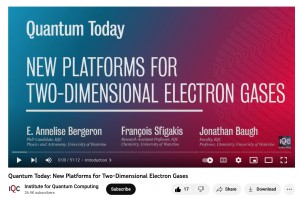

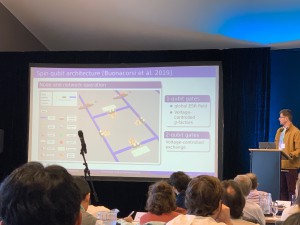
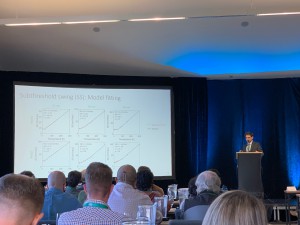
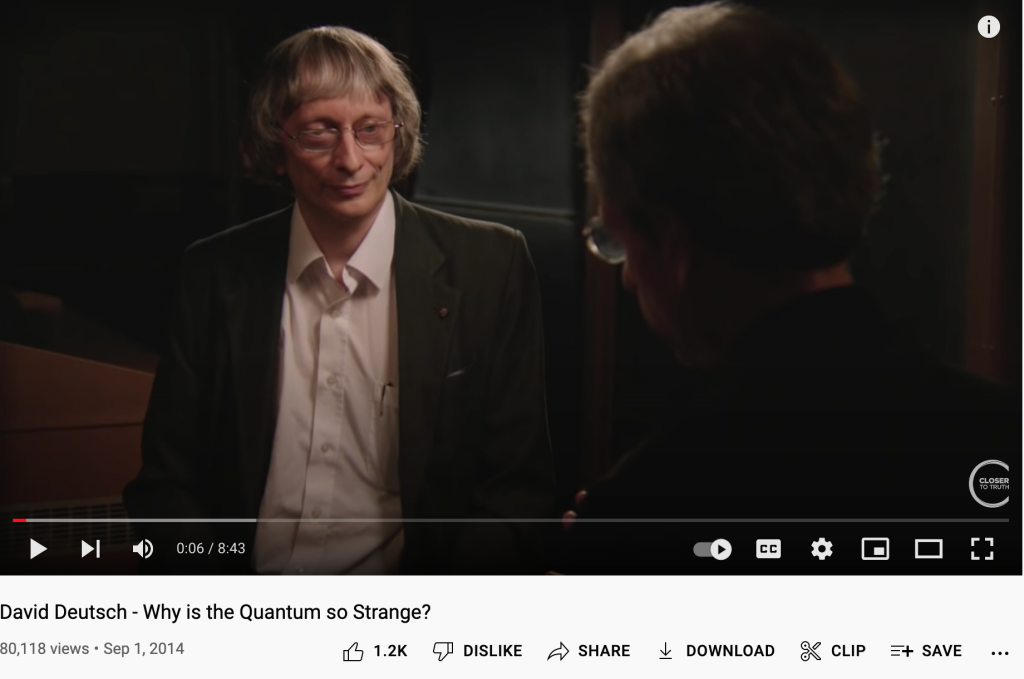 https://www.youtube.com/watch?v=MckuBQC6gKU
https://www.youtube.com/watch?v=MckuBQC6gKU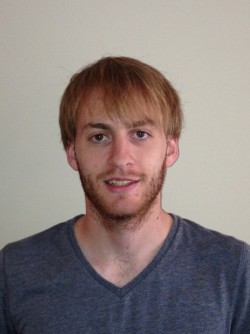

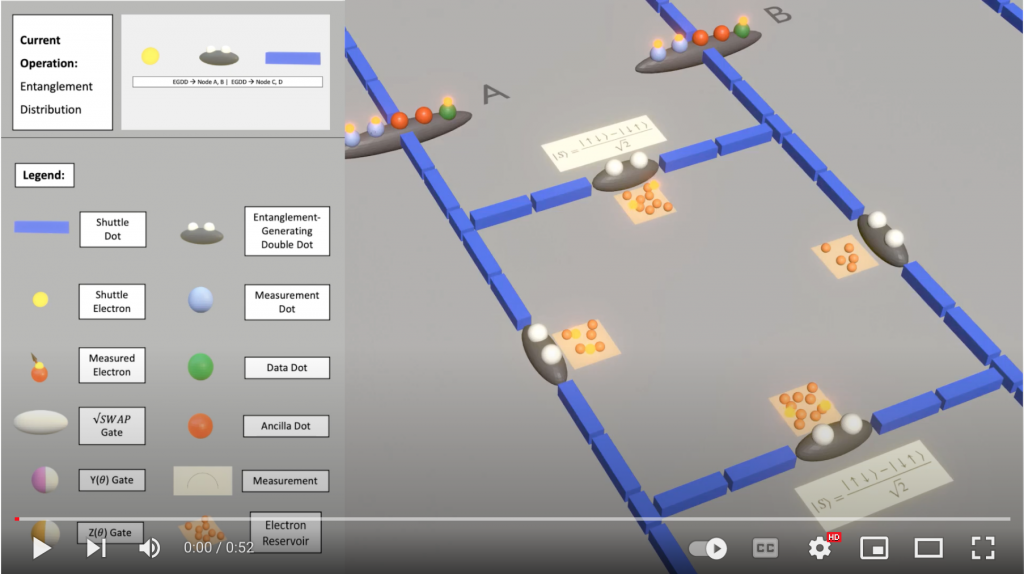
 dan’s MSc thesis entitled “
dan’s MSc thesis entitled “
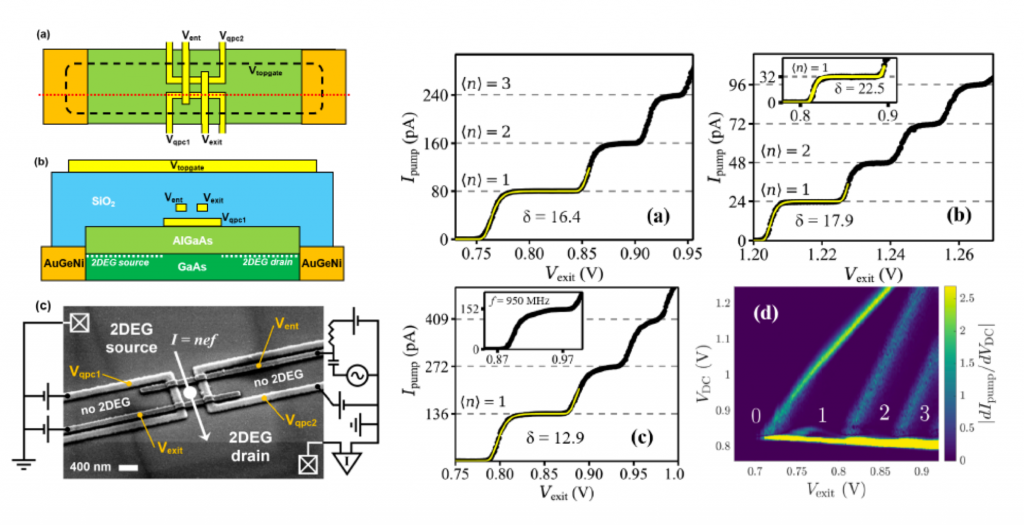
 en Harrigan’s
en Harrigan’s